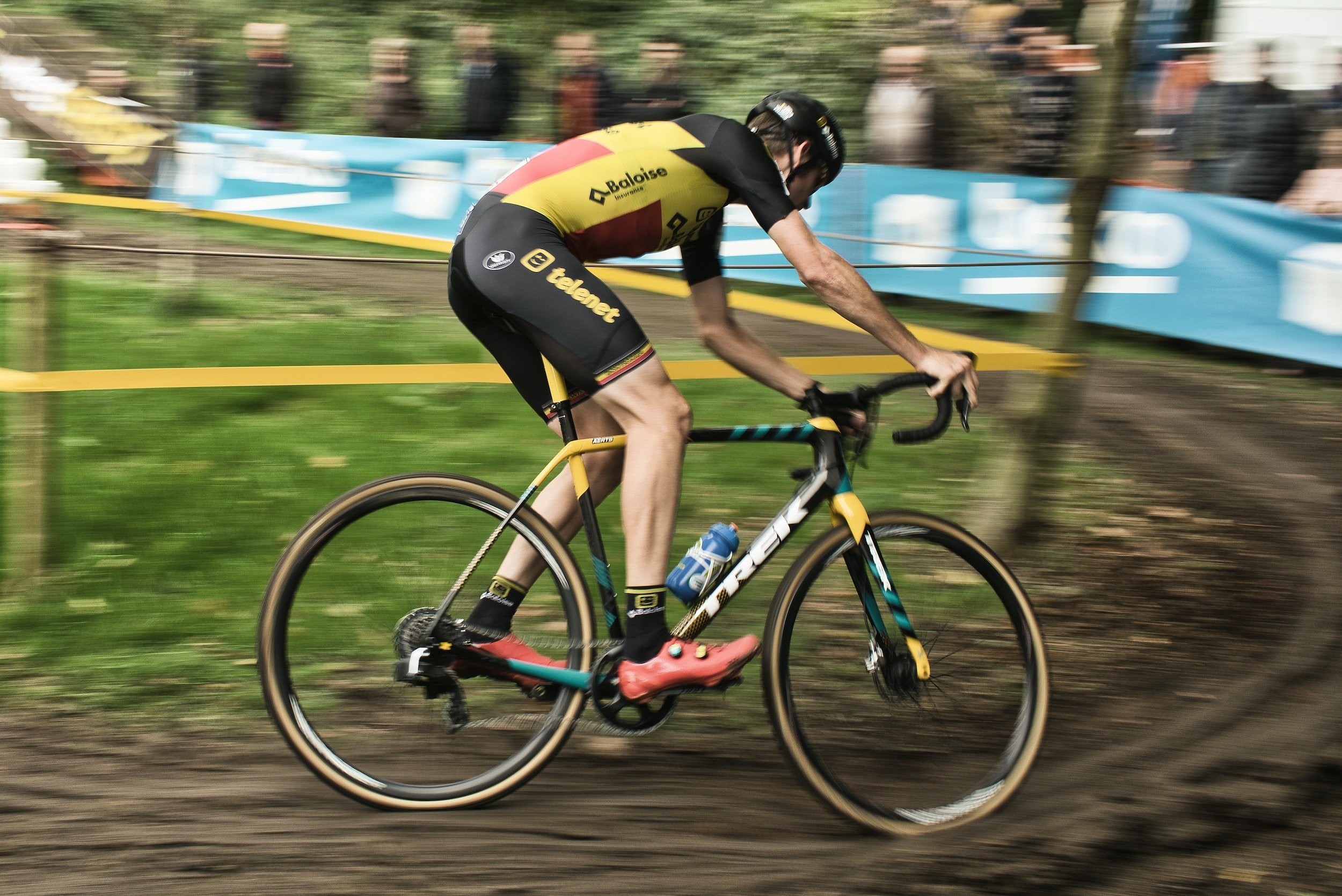“Complementary” Cross-Training
Running on a dirt road
Endurance sports are often focused on volume. Mileage, hours, etc. Runners run, Bikers bike, swimmers swim. Triathletes have a mix of all three. More specifically, trail runners run on dirt and trails. Marathon runners often stick to roads. These decisions make sense as we’re trying to build specific speed, intensity, and endurance for target events.
That said, it’s important to mix it up with a sort of complementary cross-training. Let’s look at some examples:
Running. Depending on what your target events are as a runner will shape where you spend the bulk of your time. If you’re training for a race that is on trails, it’s important to spend most of your time on trails. And if you’re training for a road marathon, most of your key workouts should be on road. But there are benefits to mixing it up more. And few downsides. Trail running tends to be slower, but can provide more variety to our muscles. Technical trails challenge agility, quickness, and speed. Road running requires a higher tempo and is typically faster. We can benefit from the speed of road running and the agility of trail running.
Cyclocross improves your bike handling skills for both road and mountain biking
Biking/Cycling. Similar to running. Being on a mountain bike allows us to ride more technical sections of terrain. Our bike handling skills improve and so we become more efficient on the road bike. Road cycling allows for higher power, longer sustained efforts, and more. It’s a good tool for building your engine as a mountain biker or cyclocross athlete. Cyclocross again challenges our bike handling and technical skills. Skills that will only help you improve your primary discipline.
All forms of skiing are complementary to each other.
Skiing. Downhill skiing, cross-country skiing, back country skiing. All skiing. All slightly different. But all sliding on snow. Being comfortable with the speed of downhill skiing and being able to take on challenging terrain makes you a better cross-country skier. Having the ability to skate ski well will only improve your ski handling as a downhill skier. Backcountry skiing attunes you to the terrain and again increases your comfort level on skis. All three expand what you can do on snow and make you a better athlete in your chosen discipline.
Ultimately, none of these subtle shifts really count as “cross-training” in the traditional sense. Making an effort to participate in some “complementary cross-training” will make you better at your chosen sport. IT will make you a better and more well-rounded athlete. Time to mix it up and get better at the same time!



